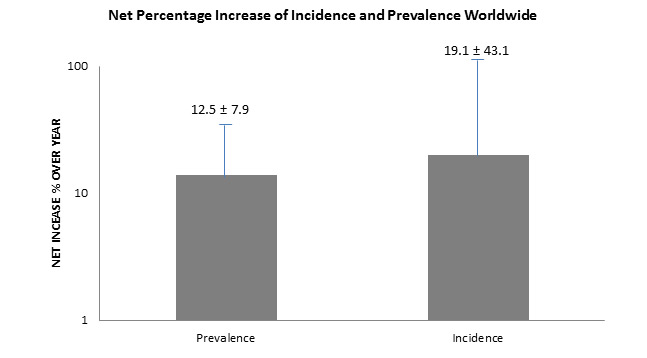Our Immune System
How the Immune System Works
The immune system is a network of cells and organs that work together to defend the body against attacks by foreign invaders. When foreign substances or antigens invade the body, several types of cells work together to recognise and respond to them. These cells trigger the B lymphocytes (main types of immune cells) to produce antibodies into the body’s fluids. Once produced, these antibodies will remain in a person’s body so that when the same antigens reappear , they are able to do the same function again. An antibody will interlock with an antigen and mark the antigen for destruction. However, they are not able to destroy any antigen without seeking assistance from the T cells that act like soldiers, attacking and destroying the invaders that the intelligence system has identified.
An antibody is any one of a large variety of proteins normally present in the body or produced in response to an antigen which it neutralizes, thus producing an immune response.
Antibodies are broadly divided into:

Disorders of the Immune System fall into 4 Main Categories:
- Immunodeficiency disorders
- Allergic disorders
- Autoimmunity
- Cancers of the immune system
There are more than 140 different types of autoimmune disorders which affect throughout the body (refer appendix 1), the common type of autoimmune diseases are Rheumatoid Arthritis, Autoimmune Thyroiditis, Systematic Lupus Erythematosus, Autoimmune Hepatitis, Multiple Sclerosis, Diabetes Type 1, Psoriasis, Celiac Disease, Sjogren’s Syndrome and Inflammatory Bowel Disease. Below chart shows the total net increase of old versus new surveys of prevalence of various autoimmune diseases, mean time interval Rheumatoid Arthritis 14.5, Autoimmune Thyroiditis 13.5, Chron’s 11.5, Inflammatory Bowel Disease 11.0, Type 1 Diabetes 17.8, Celiac 16.8 and Myasthenia Gravis 72 years respectively. During the reported time interval, Celiac increase the most (26.3 / year %) and the higher increase in incidence, comparing old to new surveys is allocated to Myasthenia Gravis (432%). The autoimmune diseases with the highest incidence identified in reviewed studies were Rheumatoid Arthritis and Autoimmune Thyroiditis.

Autoimmune Diseases Worldwide
By referring to international Journal of Celiac Disease (2015), 30 studies were identified from the past 30 years; the means ± standard deviation of the net percentage increased over year incidence and prevalence of Autoimmune Diseases worldwide were 19.1±43.1 and 12.5±7.9, respectively, directly showing that the prevalence and incidence trend of autoimmune disease is increasing.

The statistic below depicts the percentage of the adult population that had been diagnosed with an autoimmune disease as of 2016 in selected countries. European Union Five have the highest prevalence compared to other countries, it comprised of France, Germany, Italy, Spain and United Kingdom, followed by China, United States, Russia, Brazil and lastly Japan. Very limited data exist to estimate the incidence of autoimmune diseases on national scale.

Data from a rising number of autoimmune cases reveals a need in the market for immunotherapy. Discover more on ASITHERAPY.
